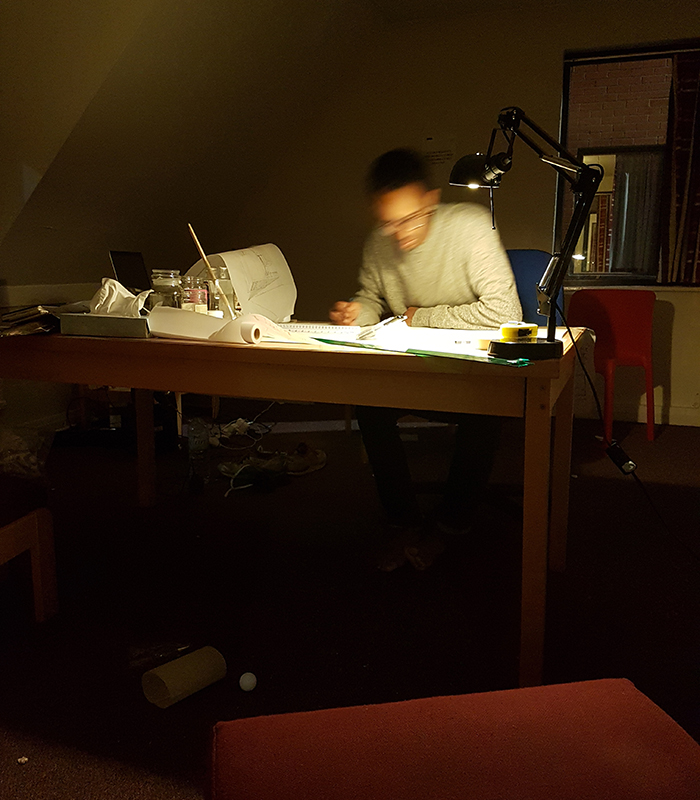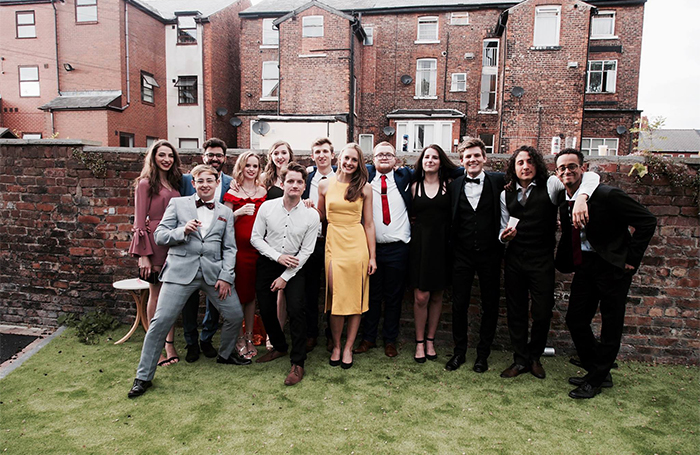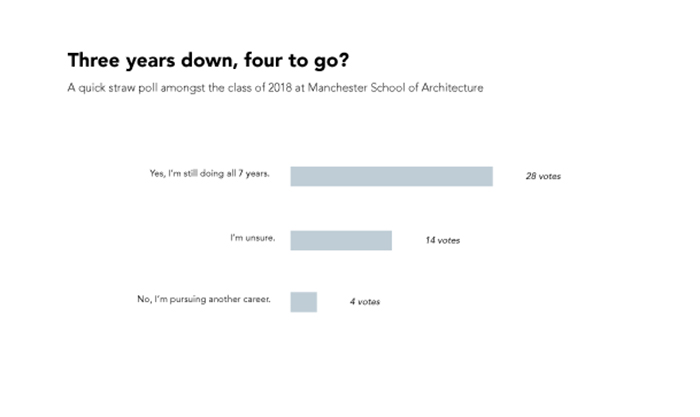Student blogger Hani Salih reflects on the past three years of architecture school and the years to come
It’s no secret that it’s a long route to a professional qualification in architecture. If anything, it’s the most common point people bring up when I tell them what I study. Well, that and the infamy which surrounds architecture students’ work ethic at university.
For most, the typical university experience comes at the tail end of your teenage years, becoming a sort of “adulthood-lite”. It is at university that you’ll find yourself constantly challenged by balancing personal responsibilities, a healthy social life and your academic pursuits. This is especially the case for architecture students, as the fluid nature of teaching and learning in studios and typically far fewer contact hours means there is less structure than on other courses.

Starting your studies
The flexibility of architectural courses allows and encourages you to explore different avenues of process and representation freely with the guiding hand of a tutor and even your course mates. As you begin to find your feet you’ll start investigating ideas that go beyond architecture and the built environment, delving into wider social issues, art, the fringes of modern culture or even emergent digital platforms. It is this wider contextual reading that allows you to better understand that architecture is not just a physical representation of a concept but more a distillation of its wider social context.

Eventually, you’ll develop confidence in your ideas and you’ll learn how you best communicate them. Whilst some find that their strength lies in writing, others will find theirs in producing slick visuals or model making. As long as clarity isn’t compromised, there is no one set standard. And as you learn more about your own style, you’ll find yourself learning even more about your thought process, your response to stress, and hopefully how to manage it in a healthy way – although the latter is usually the most challenging in a creative environment like architecture school.
Then, before you know it, it’ll all be over. Three years will fly by and you’ll find yourself applying for your Part 1 placement – whether you’re painstakingly tailoring your covering letter and portfolios to studios or sending batches of applications at any one time. It becomes a game of calculated risk, with varying rates of success – often boiling down to a case of right place, right time. Employment advice is usually easily and freely accessible at university, with some institutions even offering support to graduates as they begin their placements. Architectural education continues when you enter the world of work. Those of you who are already adept at using programmes might find yourself having to relearn them: from the architectural studios’ bread and butter, Photoshop and AutoCAD, all the way to the infinitely expanding worlds of Revit and Grasshopper.

Moving forward
At the other end of our own three years, I posed a quick question to my cohort about how they’re viewing the next steps in their journey. Unsurprisingly, over half stated that they are still interested in becoming an architect. But not everyone comes out of their degree with their eyes set on that title. Many would say that they chose to study architecture because they believed it would give them some clarity about what they want to do. Now, some have chosen to complete education without accreditation in institutes in mainland Europe. Then there are those who have found an interest in architectural research and academia. Some are still unsure of where to go next.

My own personal experiences in architecture school have been incredibly enriching – but as I reflect on the past three years and look ahead, I find myself amongst those who are unsure. And I’m okay with that. I think that the world of the built environment is fascinating, and that our building and construction industries are going to become key as we find ourselves in an increasingly green-conscious society. New technologies, economic landscapes and design practices have led to the creation and growth of new schools of thought, redefining the role of the architect in the process. I find myself deeply engrossed in the questions that these changes pose, eager to drive these conversations.
Architecture is not a narrow path – it’s a river that has many tributaries. And while it is true that the costs of the course may be prohibitive to some (see Post Crit), the three-part structure allows for many to branch out – whether that be into other aspects of the built environment or into whole other disciplines.
If you’re starting out on your architecture journey now, my advice would be not to worry about where it might go. Enjoy these years for the great learning experience they are. The course is a brilliant chance to dabble in disciplines and explore the outer reaches of the nebulous, undefined mass that is architectural education. Think critically, read widely and explore fully - go with the flow.









